10 Essential Online Learning Best Practices – Free Webinar
The CoolCatTeacher
MARCH 29, 2020
I also know that that I too have a lot to learn, even though I’ve been teaching online since 2006 and have collaborated globally for years. in Secondary Education from Ball State University. I was asked today if I’m sharing and certainly, I am. However, I want to share and talk more about this. For K12 teachers.

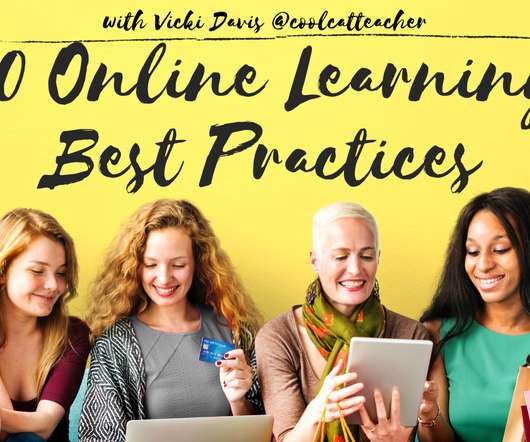

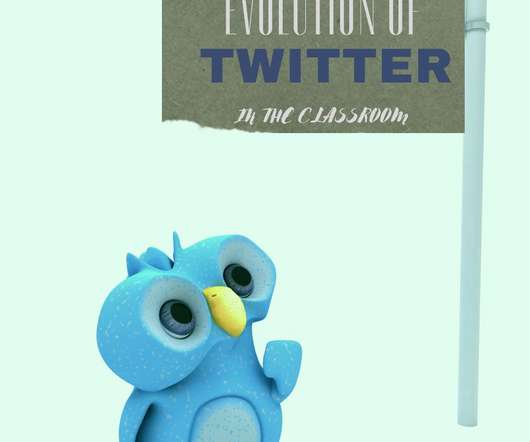








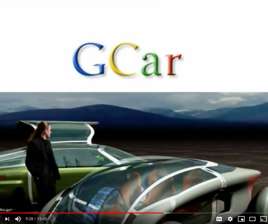



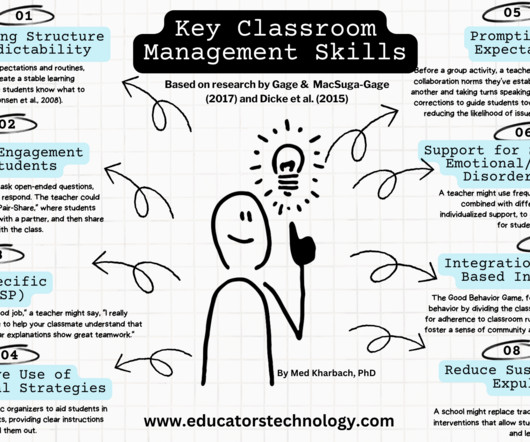




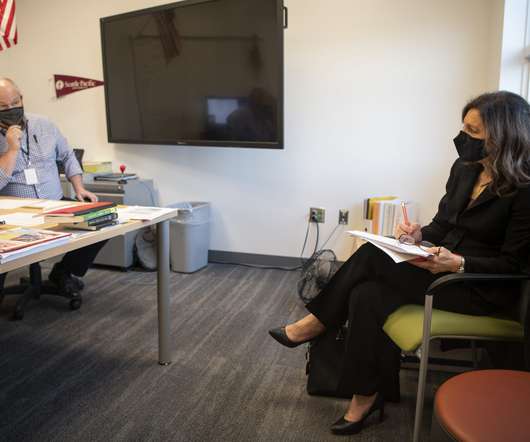









Let's personalize your content